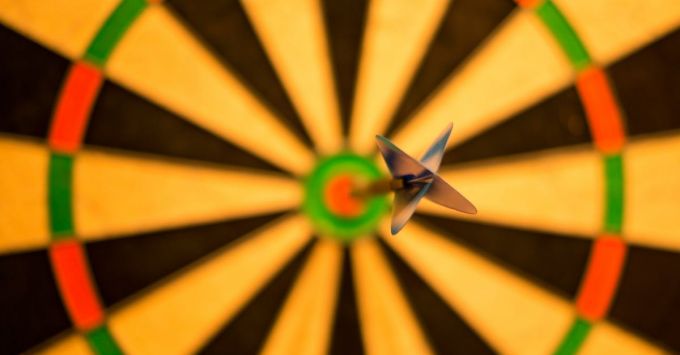In today’s fast-paced digital world, website performance is crucial. Users expect websites to load quickly and deliver a seamless browsing experience. Slow-loading websites not only frustrate users but also negatively impact search engine rankings. One effective way to boost website performance is through effective caching. Caching refers to the process of storing frequently accessed data in a temporary storage location, reducing the need to retrieve it from the original source repeatedly. In this article, we will explore how you can leverage caching to optimize your website’s performance.
Understanding Caching: A Brief Overview
Caching works by storing copies of frequently accessed data in a cache, allowing subsequent requests for that data to be served more quickly. When a user visits a website, their browser checks the cache for any stored data related to that website. If the data is present, it is retrieved from the cache, resulting in faster load times. If the data is not present, the browser fetches it from the server and stores a copy in the cache for future use.
Types of Caching
There are several types of caching that can be used to improve website performance. Let’s explore some of the most common ones:
1. Browser Caching: Browser caching involves storing static files, such as images, CSS, and JavaScript, on the user’s device. By specifying an expiration date for these files, you can ensure that the browser does not need to fetch them every time a user visits your website.
2. Server-Side Caching: Server-side caching involves storing dynamic content, such as database queries or API responses, on the server. This reduces the processing time required to generate the content, resulting in faster load times for subsequent requests.
3. Content Delivery Network (CDN) Caching: A CDN is a network of servers distributed geographically. CDN caching involves storing copies of your website’s static files on these servers, closer to the user’s location. This reduces the distance data needs to travel, resulting in faster load times.
Implementing Effective Caching Techniques
Now that we understand the different types of caching, let’s explore some effective techniques to implement caching on your website:
1. Set Appropriate Cache Control Headers: When serving static files, ensure that you set appropriate cache control headers. These headers specify how long a file can be cached by the browser. Setting a longer cache duration for static files that rarely change can significantly reduce load times for returning visitors.
2. Leverage Browser Cache: Utilize browser caching by specifying an expiration date for static files. This ensures that the browser does not need to fetch the same files repeatedly, resulting in faster load times. You can achieve this by adding cache directives to your server configuration or using a caching plugin if you’re using a content management system (CMS) like WordPress.
3. Implement Server-Side Caching: If your website generates dynamic content, consider implementing server-side caching. This involves storing the generated content in memory or on disk, reducing the need for repetitive processing. By utilizing caching mechanisms like Memcached or Redis, you can significantly improve the performance of database queries and API responses.
4. Utilize a Content Delivery Network (CDN): If your website has a global audience, consider using a CDN to cache and deliver your static files. A CDN helps reduce latency by serving content from servers located closer to the user’s geographical location. This results in faster load times and improved website performance.
5. Cache Dynamic Content Strategically: While server-side caching is effective for static content, caching dynamic content requires a different approach. Consider implementing edge-side caching, where the cache is stored closer to the user, reducing the need to retrieve data from the origin server. This can be achieved using technologies like Varnish or by leveraging CDN capabilities.
In Conclusion
Optimizing website performance is crucial for user satisfaction and search engine rankings. Effective caching techniques can significantly improve load times and overall website performance. By leveraging browser caching, server-side caching, and content delivery networks, you can ensure that your website delivers a seamless browsing experience. Implementing these techniques will not only boost website performance but also enhance user engagement and increase conversion rates. So, start implementing effective caching techniques today and watch your website soar to new heights!





